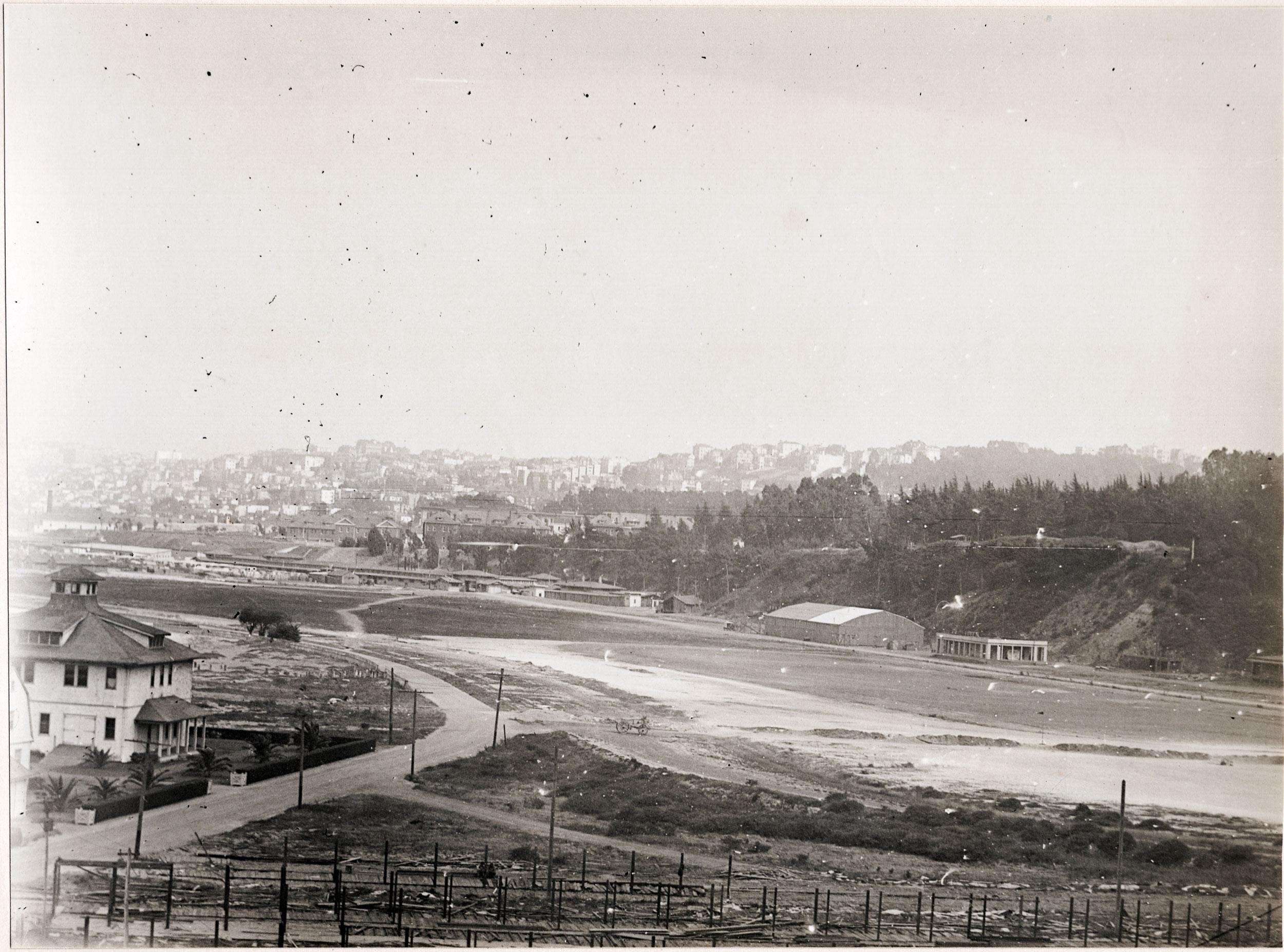Sep 23, 2021
Construction of an Air Station at Crissy Field
Learn now the Army built an air coast defense station on the northern waterfront.In September 1921, the Army completed construction of an air coast defense station at Crissy Field, the second such station in the United States. The Army had used the airfield for a few years, but this construction created permanent facilities, including quarters, hangars, and repair shops.
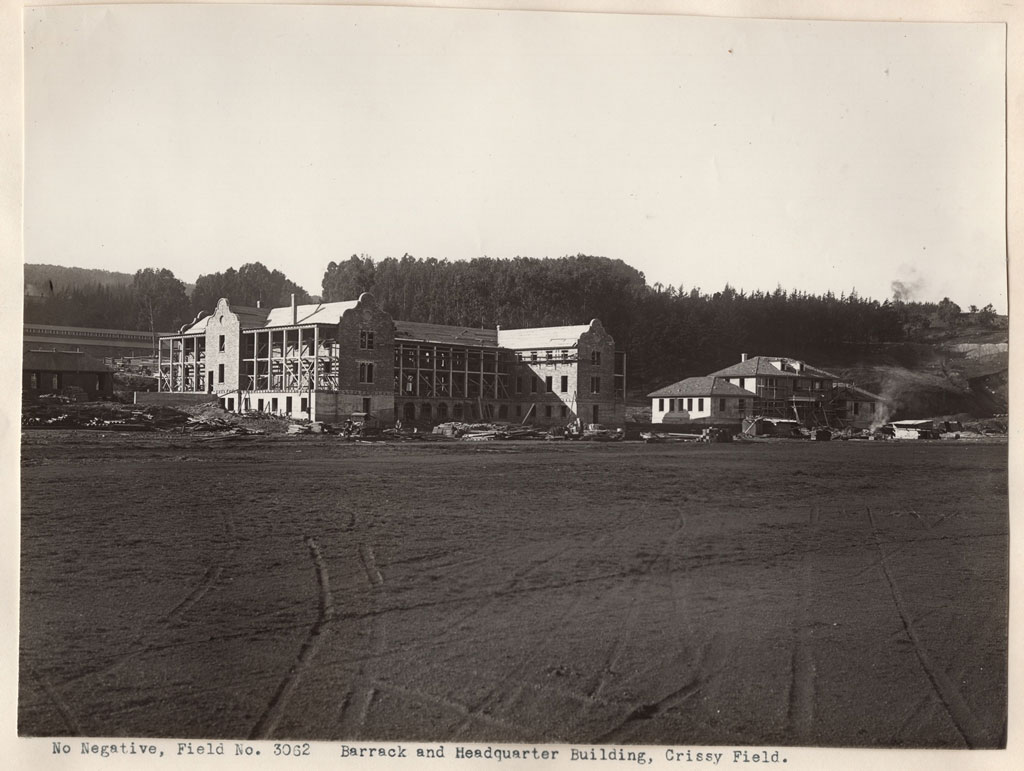
The U.S. Army named the Presidio’s airfield Crissy Field in 1919 in honor of Major Dana Crissy, who was killed in a plane crash in Utah during the Transcontinental Reliability and Endurance Test and is now buried in the San Francisco National Cemetery. The army later established an air coast defense station at Crissy Field as an auxiliary to the Harbor Defenses of San Francisco. Its primary purpose was to support the coast artillery batteries around San Francisco by using airplanes to locate and direct fire against invading ships. The use of planes considerably extended the range at which targets could be spotted.
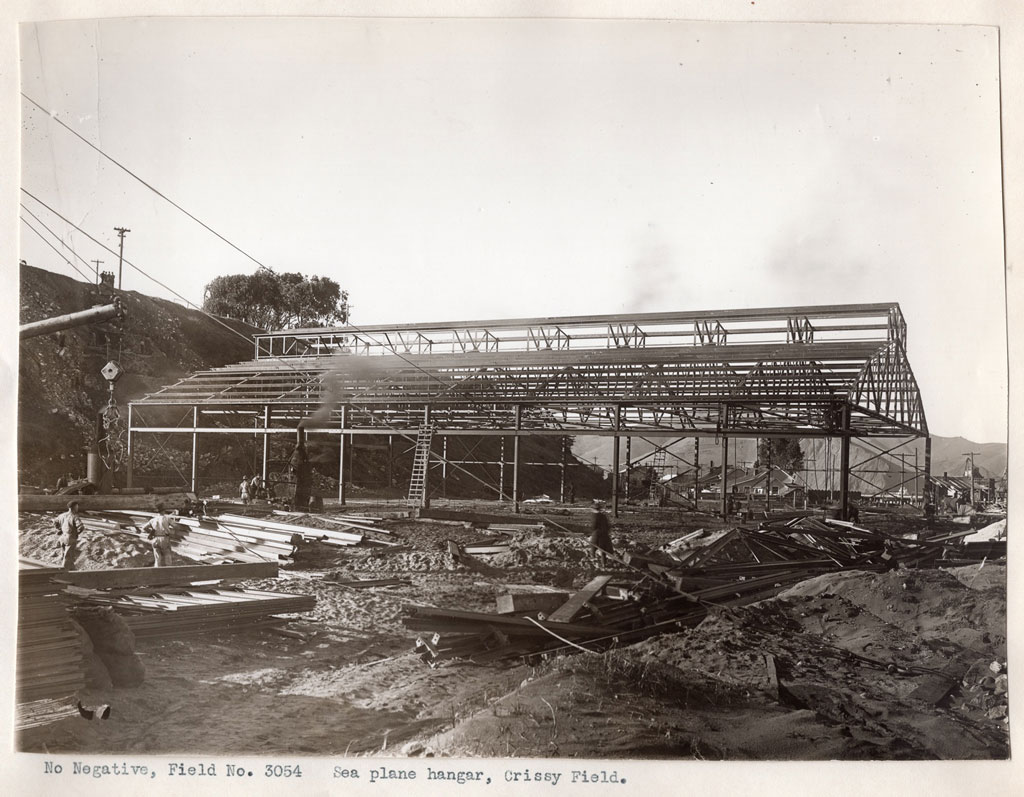
The air station was active from 1921 to 1936, and two units were stationed there over this entire period: The 91st Observation Squadron, which conducted target practice with the coast artillery, and the 15th Photo Section, which took tens of thousands of aerial photographs across the West, from Alaska to the Mexican border. It’s the most intact air coast defense station in the United States today.
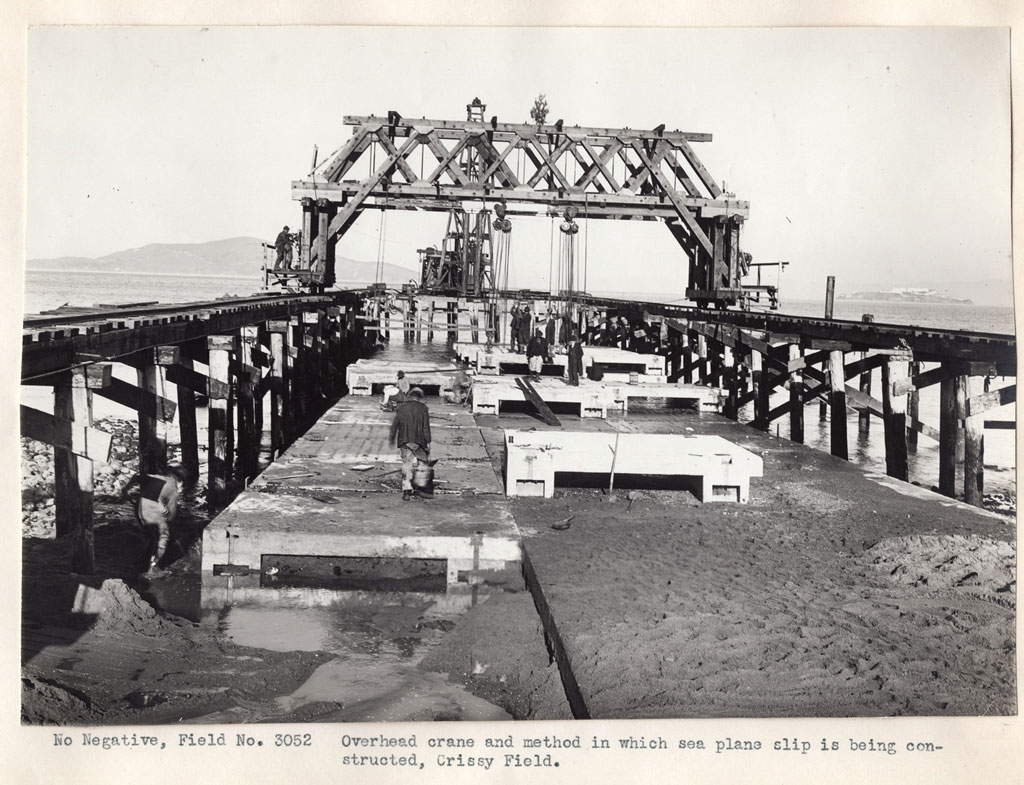
The station cost $1,146,374.97 and consisted of 35 buildings, one concrete seaplane ramp, two radio masts, one flagpole, and various support facilities. Construction was managed by the Mahony Brothers, the same firm that built the Palace and St. Francis hotels.
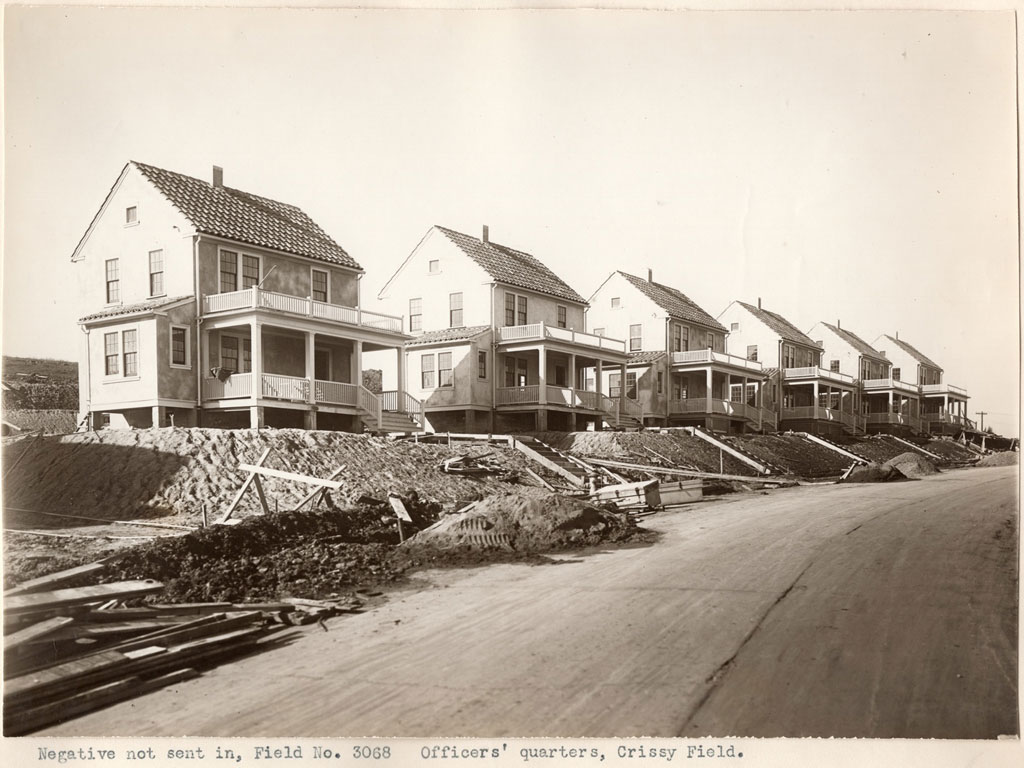
The buildings were handed over to the Army Air Service on June 24, 1921. On September 17, 1921, it held an official dedication for the air station, inviting officers from the Presidio and other airfields in California, and dropping flares from planes at 8 pm to illuminate the skies.
More Crissy Field “Firsts”
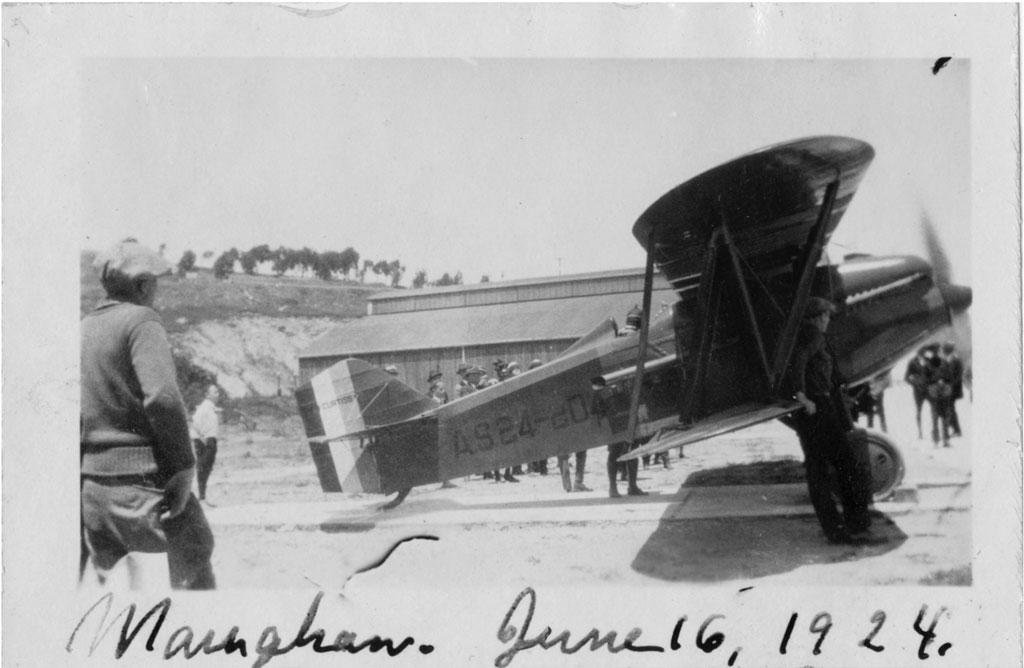
During the 1920’s, Crissy Field’s place in aviation history was furthered through a series of record-breaking long-distance flights. In 1924, the first successful “dawn-to-dusk” transcontinental flight, piloted by Lieutenant Russel L. Maughan, ended at Crissy Field. Later that year, the U.S. Army Air Service World Flight stopped at Crissy Field, with Lieutenant Lowell H. Smith of Crissy Field leading the flyers.
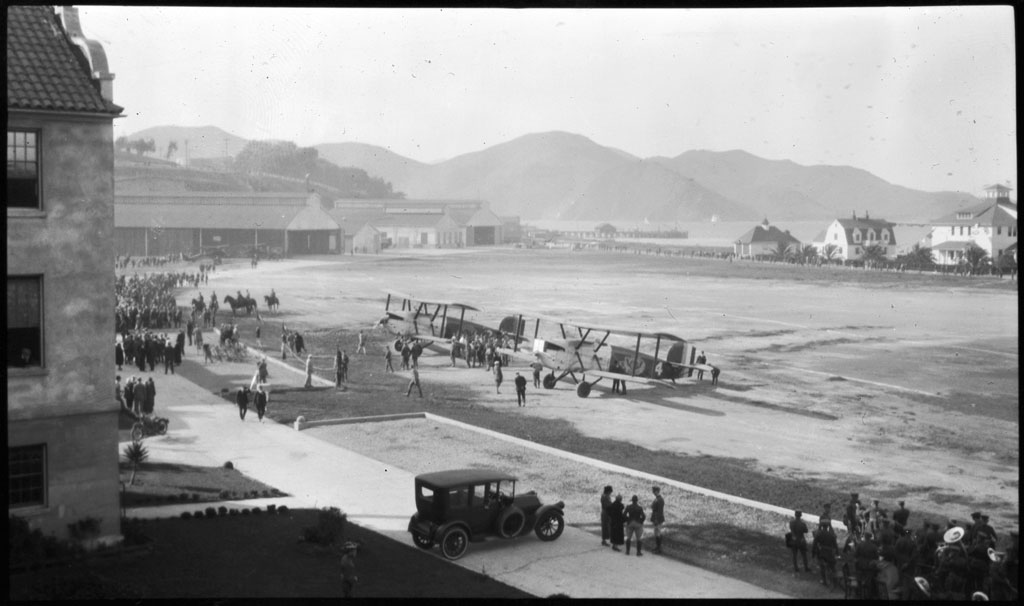
In 1925, two navy seaplanes took off from the San Francisco Bay after being prepared at Crissy Field in the first attempt to fly from the continental United States to Hawaii. Expected to last twenty-six hours, the trip took twelve days and was only partially completed by one plane, whose crew had to be rescued at sea. Two years later, army lieutenants Lester J. Maitland and Albert F. Hegenberger readied their three-engine Fokker Bird of Paradise at Crissy Field and flew from Oakland non-stop to the islands.
